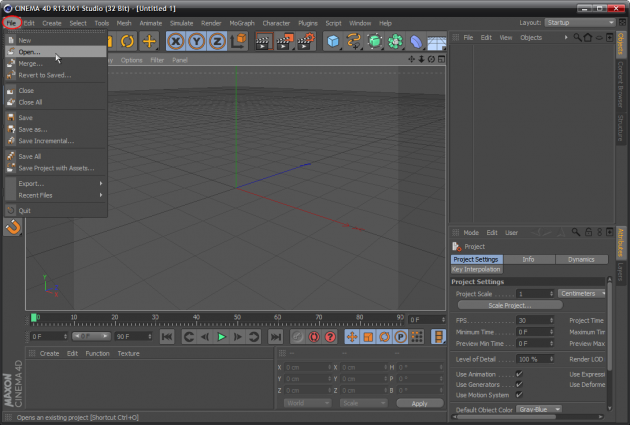

We only fill paths that are closed, in shades of the same color: In the following example we override the colors in the original document.

parse (data ) for path in paths:įill ( random ( ), 0, 0 ) drawpath (path ) Those that have a fill color will retain their original fill. Read the tutorial on paths to see what you can do with the points of a path.įor example, here's one of Ludivine Lechat's Illustrator drawings. These can be used to copy color information from the original vector drawing.

The command has an optional cached parameter. The parse() command reads SVG source and returns a list of paths that are drawable with drawpath(). Importing SVG files parse ( str, cached= False ) The regular SVG format saves all swatches and patterns, which is useless outside of Illustrator. In the next window, choose "SVG Tiny 1.2" as the SVG Profile.In the file dialog, select "SVG (svg)" (not "SVG Compressed" - we can't read compressed files).To export files as SVG from Adobe Illustrator do the following: You can also put it in ~/Library/Application Support/NodeBox/. Put the svg library folder in the same folder as your script so NodeBox can find the library. Complicated things like gradient fills are ignored. The SVG library has been tested for the following Illustrator functionalities: rectangles, ellipses, polygons, lines, curves constructed with the pen-tool, fill colors, stroke colors, stroke widths and transparency. Hand-draw your shapes there and then manipulate them further in NodeBox. You can save SVG files from Inkscape and Illustrator. "SVG" means Scalable Vector Graphics and is an XML format. Rectangles, circles and paths from an SVG file are imported as native NodeBox paths, so their individual points and colors can be manipulated (see the tutorial on Paths). The SVG library gives control over vector work imported into NodeBox.


 0 kommentar(er)
0 kommentar(er)
